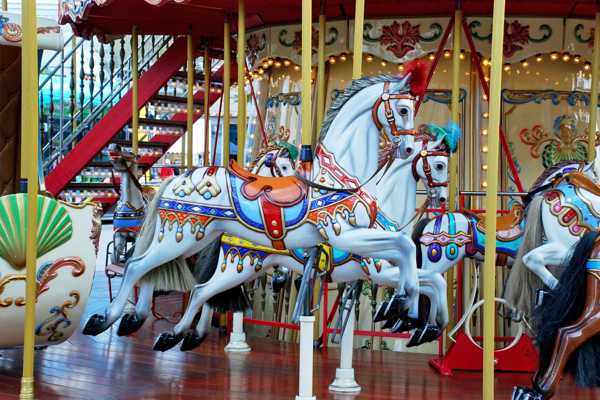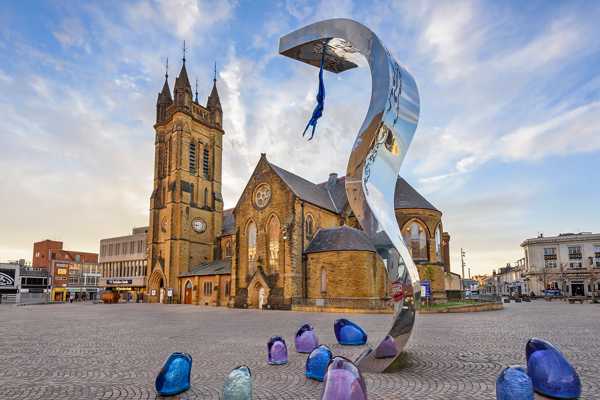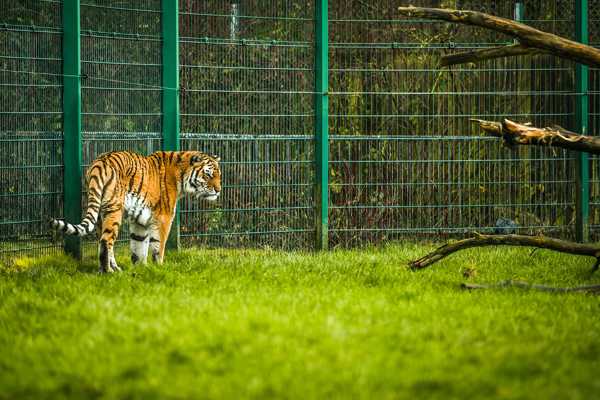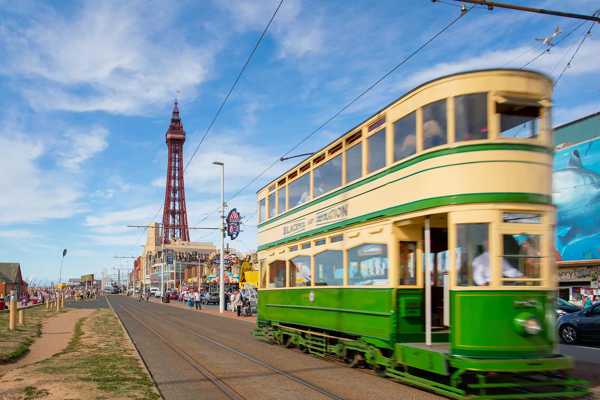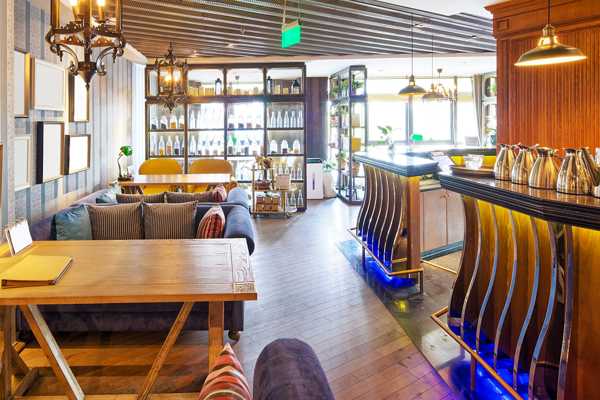The most picturesque villages in Lancashire lie within national parks, nature reserves and Areas of Outstanding Natural Beauty. In some hamlets, you won’t see any electrical wiring or TV aerials, while in others you’ll find grand manor homes, some of the UK’s oldest shops and award-winning pubs.
Architectural gems, natural wonders and long coastlines can all be found in Lancashire’s villages. And while the area is a mecca for hikers, cyclists and wildlife watchers, it has plenty on offer for history buffs and adventure seekers too. When planning your tour of Lancashire’s villages, make sure these places are on your to-visit list.
- 1
Downham
View the setting of famous period dramas

- Par
- Historie
- Fotografering
Located in the Ribble Valley at the foot of Pendle Hill, Downham is a quaint village filled with stone-built cottages, complete with a village green that sits next to a gurgling brook. You won’t see any overhead TV aerials, electricity lines or satellite dishes anywhere in Downham, which is why it’s been the setting for many period dramas, such as Whistle Down the Wind and Born and Bred.
Notable landmarks in Downham include the 15th-century St Leonard’s Church and the Grade II-listed Downham Hall, which has belonged to the lords of the manor (the Assheton family) for over 450 years. Grab a pint in the popular Assheton Arms pub to enjoy life like a local.
Kart - 2
Slaidburn
Hike in areas of outstanding natural beauty

- Spenning
- Lave priser
- Par
- Familier
- Fotografering
Slaidburn is situated in the Forest of Bowland – an Area of Outstanding Natural Beauty – making it a popular destination with hikers. When you need a break from exploring the surrounding countryside vistas, you can enjoy a cuppa in a traditional tearoom by the village green. Striking landmarks include the Gothic St Andrew’s Church, the 18th-century bridge and the Slaidburn War Memorial, which stands on the site of a former whipping post.
You’ll find plenty of traditional pubs in Slaidburn, but the Hark to Bounty is a local favourite. After you’ve fuelled up on delicious pub grub, test your hiking skills by attempting the 51-mile Lancashire Witches Walk, which was created in 2012 to commemorate the 400th anniversary of the Pendle Witches trials.
KartFoto: Mainlymazza (CC BY-SA 4.0) retusjert
- 3
Chipping
Wander cobbled streets lined with 17th-century properties

- Par
- Historie
- Fotografering
Chipping is characterised by its charming cobbled streets, 17th-century architecture, boutique shops and traditional inns. Surrounded by lakes, dense forests, farmlands and countryside vistas, Chipping is one of Lancashire’s best hiking destinations. In the village itself, you can visit a 13th-century church and what is now the Chipping Craft Centre, which has been operated as a shop since 1668.
You’ll notice plenty of flower-filled gardens and walkways that have helped Chipping win numerous accolades over the years, including the RHS Britain in Bloom award. For an afternoon surrounded by blooming baskets of flowers, visit the village during August, when the annual Chipping Agricultural Show takes place.
Kart - 4
Cartmel
Eat sticky toffee pudding in a foodie paradise

- Par
- Mat
- Historie
- Luksus
Cartmel lies within the boundaries of the historic county of Lancashire, and despite being a small village with around 4 pubs, it boasts a Michelin-starred restaurant (L'Enclume) and is widely considered to be the home of the sticky toffee pudding. Stroll the streets to see the oversized 12th-century Priory Church, rows of boutique shops and traditional tearooms. To dine on a budget, find a spot for a picnic on the village green.
Visit during summer to watch a hurdle race at Cartmel Racecourse, which can attract crowds of up to 20,000 people despite being relatively small. While you’re here, head to the Cartmel Village Shop to try sticky toffee pudding at its best.
KartFoto: Victuallers (CC BY-SA 3.0) retusjert
- 5
Whalley
See 14th-century ruins and Lancashire’s longest viaduct

- Spenning
- Par
- Historie
- Fotografering
Whalley is a mid-sized village where you can find both chain and boutique stores, restaurants, tearooms and traditional British pubs. But there are also around 25 listed buildings and structures within its boundaries, including the 7th-century Church of St Mary and All Saints, the ruins of Whalley Abbey, and the 48-span Whalley Viaduct, which is Lancashire’s largest railway viaduct.
If you want to see Whalley from above, take the train from Manchester Victoria or Blackburn to cross over the viaduct. Alternatively, hike to the peak of the tree-covered Whalley Nab for panoramic views of the village and its surrounding woodland and countryside vistas.
Kart - 6
Hurst Green
Tour a famous Grade I listed boarding school

- Historie
- Fotografering
Hurst Green is famous for being on the doorstep of Stonyhurst College, which occupies a Grade I-listed building that dates back to the early 13th century. It was at this school that JRR Tolkien first coined The Lord of the Rings. You can tour this boarding school’s opulent interior, church and chapels during the summer. Other popular activities include hiking the trails of the nearby Ribble Valley, an Area of Outstanding Natural Beauty.
Notable landmarks in Hurst Green include Cromwell’s Bridge, the 17th-century Shireburn Arms hotel and the 13th-century All Hallows Church. If you want to see historic buildings, the famous school and stunning countryside views in one day, follow the Tolkien Trail from the Shireburn Arms.
KartFoto: Alexander P Kapp (CC BY-SA 2.0) retusjert
- 7
Wycoller
Explore historic ruins in this sleepy village

- Spenning
- Familier
- Historie
Wycoller is a hamlet and country park that’s home to just a handful of families. It lies in a valley that was set to be flooded in the 19th century to make a reservoir. Even though the reservoir was never built, the village was almost entirely abandoned. Today, Wycoller is famous for its many ruins, most notably the 16th-century Wycoller Hall, which likely served as the inspiration for Ferndean Manor in Charlotte Brontë’s Jane Eyre novel.
You can follow in the footsteps of Charlotte Brontë by following the Brontë Way, which passes Wycoller Hall and leads to the Brontë sisters’ former home in Haworth. Look out for the 7 ancient bridges that cross the Wycoller Beck. At least 1 of these bridges is believed to be around 6,000 years old.
KartFoto: PangolinOne (CC BY-SA 4.0) retusjert
- 8
Hest Bank
Enjoy sprawling views of Morecambe Bay and the salt flats

- Spenning
- Par
- Historie
- Fotografering
Located by the salt flats of Morecambe Bay, Hest Bank is a popular destination for photographers, artists, cyclists and walkers. In addition to the sprawling views over the bay and the Lakeland Fells, Hest Bank is famous for the grand houses that line the streets sloping up towards the Lancaster Canal. Next to the canal is Hest Bank’s oldest building, the 16th-century Hest Bank Inn, which is a great place to sip a cold pint after a day of hiking and birdwatching.
You can reach Hest Bank by taking the train to the nearby coastal town of Bare. There’s also a free car park that overlooks Morecambe Bay. Stick to designated walkways when exploring Morecambe Bay; many historic footpaths are notoriously treacherous.
KartFoto: flipflopnick (CC BY-SA 3.0) retusjert
- 9
Croston
Visit one of Lancashire’s most colourful villages

- Par
- Familier
- Historie
Croston is well-known by Lancastrians for being full of flowers and colour. The village has been a serial winner of the North West in Bloom Awards, and the streets that run parallel to the River Yarrow are lined with rows of red-brick homes and centuries-old churches. As you meander the narrow lanes, you’ll see plenty of traditional pubs, independent shops and a 15th-century packhorse bridge.
Croston has retained its traditional English village feel, but it has a unique French flavour thanks to being twinned with the town of Azay-le-Rideau. Visit in July to see the Bastille Day celebrations take place on the large village green.
KartFoto: Plucas58 (CC BY-SA 2.0) retusjert
- 10
Great Eccleston
Shop for treats around the charming village square

- Lave priser
- Par
- Fotografering
Great Eccleston is a largely unspoilt village that’s known for its annual agricultural show and tractor pulling events, which usually take place in July. Each week, an outdoor market is held on the large village green, which is surrounded by a few pubs, classy clothing stores and a range of artisanal food shops. Thanks to being so flat and close to plenty of natural trails, Great Eccleston is often described as the county’s best walking country.
Plan your stay during the third week of the month, when you can stock up on local produce and treats at the farmer’s market that takes over the village green on Wednesday. When you need some rest, head over to the neighbouring village of Little Eccleston, where you can dig into traditional pub grub at the award-winning Cartford Inn.
KartFoto: Raymond Knapman (CC BY-SA 2.0) retusjert

